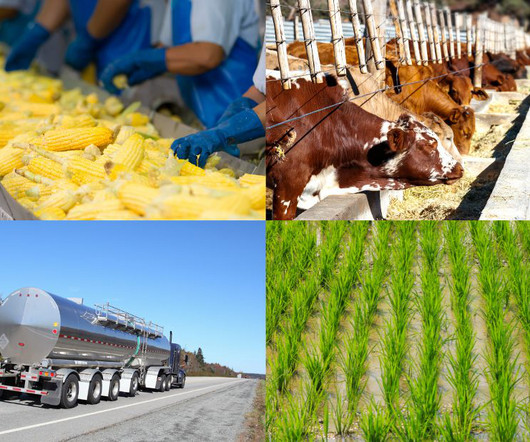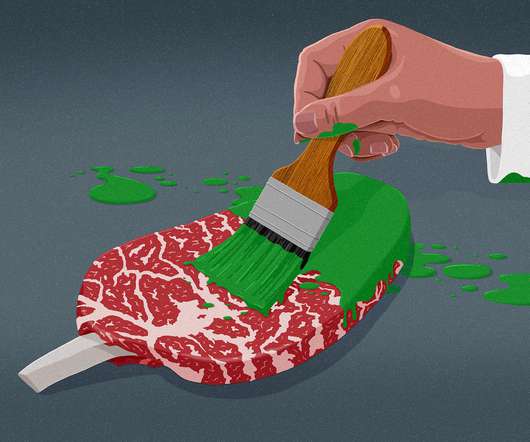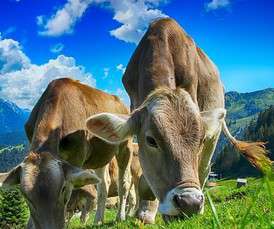Reducing Food System Emissions, One Bite At A Time
Energy Innovation
MARCH 8, 2023
For example, when a forest—which naturally absorbs and stores carbon dioxide as trees grow—is logged and converted to grazing or agricultural land, GHGs are released as trees decompose. Notable exceptions included carbonated beverages, crunchy chicken breast, certain types of milk, and bottled water. drives 30 miles per day).














Let's personalize your content